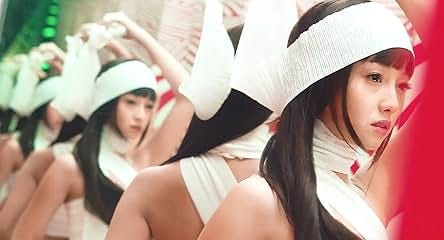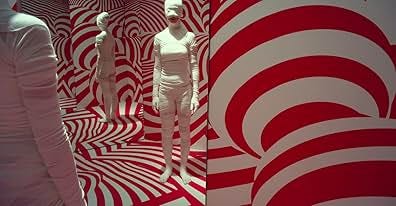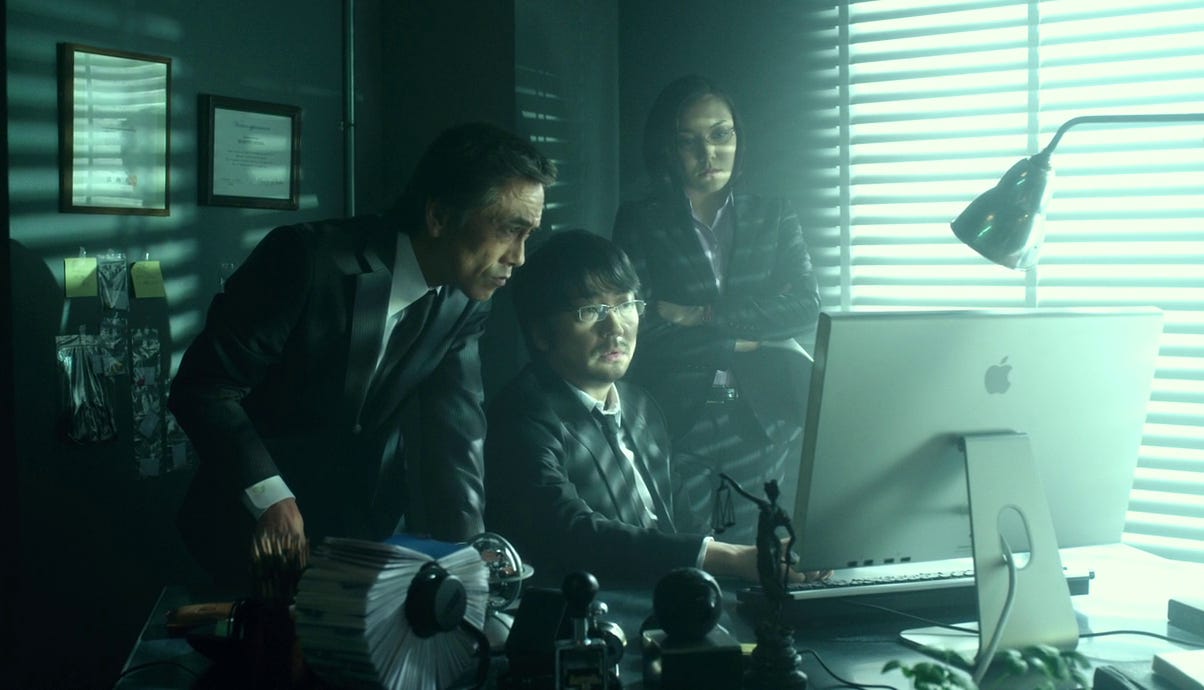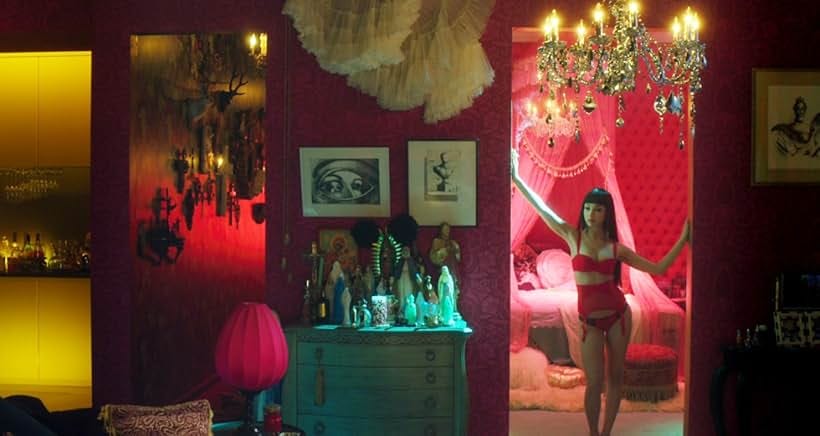A Wholistic Technical Analysis of Helter Skelter(2012)
I prefer narrative or symbolic analysis, but this was an assignment for my film class. Enjoy :)
2012’s Helter Skelter is Mika Ninagawa’s directorial debut adapted from Kyoko Okazaki’s manga of the same name. (IMDB) We follow flawed heroine, Lilico, during her rise to stardom propelled by her extensive use of plastic surgery. In the beginning she reaps the power beauty bestows but very quickly learns there is a continuous price to be paid. With passing time her body rots leaving ghastly blanches and blemishes, thus calling for more plastic surgery and drug induced upkeep. The malpractice and linked suicides to the plastic surgery company catches the attention of prosecutors as they wish to uncover secrets intertwining them with Lilico. Not only does her beauty fading in and out drive her to insanity but so does the competition from women who will replace her. The term helter skelter is defined as “in undue haste, confusion, or disorder” According to Merriam Webster. This title perfectly encapsulates the tone of the film. With its use of camera work, set design, costuming and narrative structure we voyeur Lilico’s downward spiral into madness.
Helter Skelter uses many interesting techniques through camera and editing. Unlike many other films with steady camera movements this film has a documentary first person feel. The camera is curious during scenes of Lilico modeling as if we are a worker or someone experiencing it for the first time. This more immersive camera angle amplifies the hectic overwhelming environment and highlights how calm and restrained Lilico is. Through her beauty she has immense power and control.
With film comes editing. Montages are a selection of shots used to convey meaning. Montages are adored in this movie. We start the film with a hefty one and we transverse impactful moments through them. The shots we see during the beginning montage are a mix of artistic and plain. Lilco in a room of mirrors and walls covered in red and white swirls is slowly being uncovered, medical gauze unravels around her. Between the unraveling we see shots of young girls, gyarus. Gyaru is a subculture in Japan that originates in wanting to fight against hegemonic beauty standards. Instead of the preferred white skin, natural hair, and modest clothes gyarus adorn themselves in tans, shorter skirts, and by being loud visually and personality wise. The kogals(highschool gyarus) should be first to want to defy beauty standards. But we see them obsess over nails, lashes, and superficiality in between scenes of Lilico as they praise her. Other montages in the film use the same formula, shots of Lilico undergoing a transformation with shots of people reacting to it whether it be positive or negative. In a negative connotation when Lilico’s use of plastic surgery as well as old photos are exposed we see the gyarus reaction. What was once praise and adoration is now hate and disgust. These montages show cause and effect.
Helter Skelter creates distinguishable environments. We can see the world of Lilico’s and the prosecutors. The prosecutor's office has natural and neutral lighting, light peeking between openings of window blinds creates a cutthroat office environment. Dull compared to Lilico’s high fashion world. Multiple scenes where Lilico is modeling the lighting are blinding and clinical. The clinical feel is reminiscent of the plastic surgery company, I think to draw comparison to how in both these settings Lilico is dissected. This white canvas lighting is also shared in the jarring scenes of characters in white voids talking straight to the camera. These shots are intertwined with the plot to add ironic commentary or to get deeper insight. For example, in one shot Hada, Lilico’s female manager, states that Lilico couldn’t do anything without her in a bashful smile. The scandalous scene before is of Lilico and Hada intertwined in a work affair. Later we find out these white void scenes are people close to Lilico being interviewed by the main prosecutor. The emptiness and blankness of the integration room leaves our interviewees vulnerable and isolated. Just how Lillico is when she is going under plastic surgery or modeling.
Mise-en-scene is defined in as “the art of designing and staging for the camera”. Lilico’s house is bathed in warm colors like reds and pinks. Her signature color. But her house feels more like a museum, an art gallery. All for show but holding no substance. Akin to her. There are merry go round horses, statues, art deco, beads cascading from the ceiling, and an excessive amount of throw pillows. All materialistic but not practical as opposed to the prosecutor's office. Thus going to highlight the separation of their worlds. We also see Lilico haunted by the imagery of clocks. In her time of despair there is always a clock there to remind her time is ticking and her expiration date is nearing.
For a movie about modeling and haute couture the costuming is, as expected, splendid. Lilico’s color throughout the film is red. The color of love, passion, of lust, of anger, and of evil. As juxtaposed Kozue who passively seeks to replace Lilico. She is a fresh-faced model who much to Lilico’s displeasure is far younger. Kozue is dressed in spring colors of soft pastels and warm hues. Springtime is associated with natural beauty, fertility, and rebirth. The use of costuming creates archetypes and defining characters. While Lilico’s staple color is red in a scene where she meets with her estranged sister, she dresses herself in summery, girly, and innocent clothing. This displays how she wants to protect her sister and wants to be seen in a clean light. Yet even with this innocent look she still has sharp words as she tells her sister to invest in plastic surgery. She creates an idealized version of herself that her sister can strive to copy.
Overall, Helter Skelter is a messy film with a messy half protagonist half antagonist as our main lead. But I do believe that there was a method to the madness, and even if clumsy it added to its character. Mika Ninagawa uses a range of techniques to unfold Kyoko Okazaki’s story uniquely and authentically, ranging from editing, lighting, camerawork, mise-en-scene, and costuming.
Sources
“Helter Skelter.” IMDb, IMDb.com, 14 July 2012, www.imdb.com/title/tt2147319/?ref_=tturv_ov.
“Helter-Skelter Definition & Meaning.” Merriam-Webster, Merriam-Webster, www.merriam-webster.com/dictionary/helter-skelter. Accessed 5 Mar. 2025.
redacted source.






